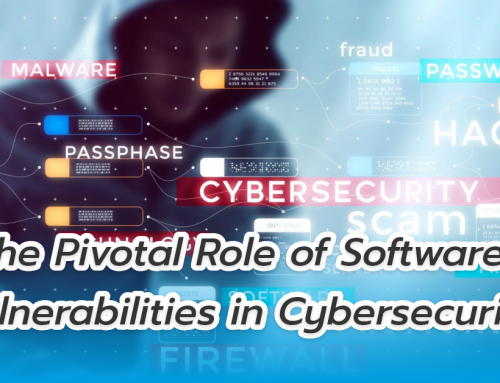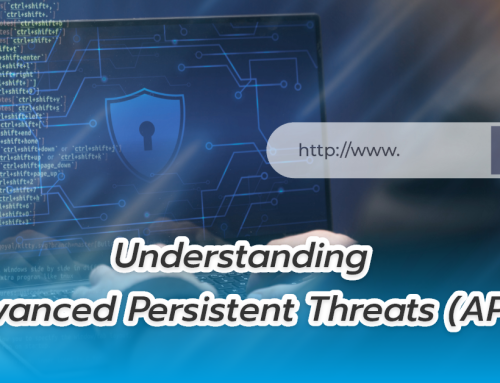A Cyber Attack
In an interconnected world driven by technology, the threat of cyber attacks looms large over individuals, businesses, and governments alike. The digital landscape is no stranger to the insidious tactics of malicious actors seeking to exploit vulnerabilities for financial gain, political motives, or simply to wreak havoc. In this article, we delve into the anatomy of a cyber attack, examining the impact, lessons learned, and the imperative for enhanced cybersecurity measures.
The Breach
In a recent incident that sent shockwaves through the digital realm, a sophisticated cyber attack targeted a multinational corporation known for its robust online presence and extensive customer base. The attackers, leveraging a combination of social engineering and zero-day vulnerabilities, successfully infiltrated the company’s network, gaining unauthorized access to sensitive data.
- Initial Compromise
The attack began with a targeted phishing campaign aimed at employees within the organization. By exploiting human vulnerabilities through deceptive emails, the attackers managed to gain a foothold in the corporate network.
- Lateral Movement
Once inside, the cybercriminals navigated laterally through the network, escalating their privileges and identifying critical systems. This lateral movement allowed them to gain access to valuable assets, including customer databases and proprietary information.
- Data Exfiltration
With a strategic foothold established, the attackers initiated a covert data exfiltration process, siphoning off sensitive information without raising alarm bells. This included personally identifiable information (PII), financial records, and intellectual property.
- Ransomware Deployment
In a final devastating blow, the attackers deployed ransomware across key systems, encrypting critical data and demanding a substantial ransom for its release. The organization faced the daunting decision of either succumbing to the attackers’ demands or attempting to recover from backups.
Impact and Lessons Learned
- Financial Repercussions
The financial impact of the cyber attack was profound, encompassing not only the ransom payment but also the costs associated with investigating the breach, implementing remediation measures, and restoring affected systems. The company faced reputational damage, leading to a loss of customer trust and investor confidence.
- Regulatory Scrutiny
The incident triggered regulatory scrutiny, with authorities investigating potential lapses in cybersecurity practices. Non-compliance with data protection regulations and failure to safeguard customer information resulted in severe penalties, highlighting the importance of robust compliance measures.
- Customer Fallout
The breach had a cascading effect on the company’s customers, who now faced the risk of identity theft and financial fraud. Communication missteps during the incident exacerbated the fallout, emphasizing the critical need for transparent and timely communication in the aftermath of a cyber attack.
- Evolving Threat Landscape
The cyber attack underscored the evolving nature of cyber threats, with adversaries leveraging sophisticated techniques to bypass traditional security measures. This incident served as a stark reminder that organizations must adopt a proactive stance, continuously evolving their cybersecurity strategies to counter emerging threats.
Moving Forward
- Investment in Cybersecurity
Organizations must prioritize cybersecurity as a fundamental aspect of their operations. This includes investing in cutting-edge technologies, conducting regular security audits, and fostering a culture of cybersecurity awareness among employees.
- Incident Response Planning
Preparing for the inevitability of a cyber attack is paramount. Developing comprehensive incident response plans, conducting simulations, and ensuring a swift and coordinated response can minimize the impact of a breach.
- Collaboration and Information Sharing
The cyber landscape is a shared space, and collaborative efforts are essential to combatting threats effectively. Businesses, government agencies, and cybersecurity professionals must engage in information sharing and collaborative defense mechanisms to stay one step ahead of malicious actors.
- User Education
Human error remains a significant factor in successful cyber attacks. Ongoing cybersecurity education for employees, emphasizing the importance of vigilance against phishing attempts and the need for strong password practices, is crucial.
Conclusion
The cyber attack on the multinational corporation serves as a stark reminder of the persistent and evolving nature of digital threats. As businesses and individuals navigate the complexities of an interconnected world, the imperative for heightened cybersecurity measures becomes non-negotiable. By learning from such incidents and collectively fortifying our digital defenses, we can forge a more resilient and secure future in the face of an ever-changing cyber landscape.
For those of you who want to make an E-Commerce app, a shopping app or a Delivery app, we recommend SC-Spark Solution, an app making company. experienced With direct experience from Silicon Valley, being a company that develops more than 100 applications around the world, both custom and ready-made for you to choose from. If anyone is interested in making mobile applications or websites, you can contact here
Contact us at
Facebook : SC-Spark Solution บริการทำแอปพลิเคชั่น
“Nothing is impossible”







